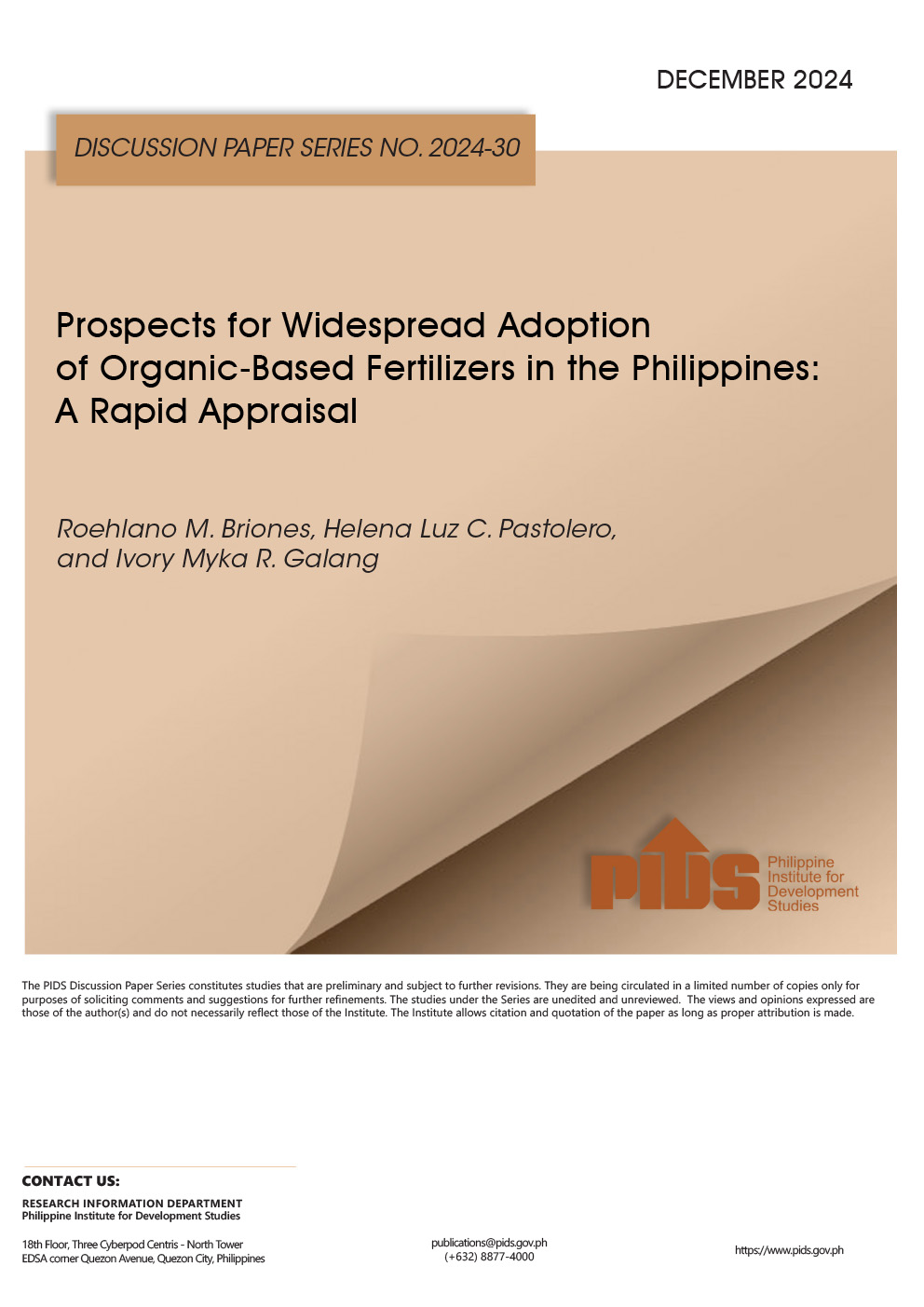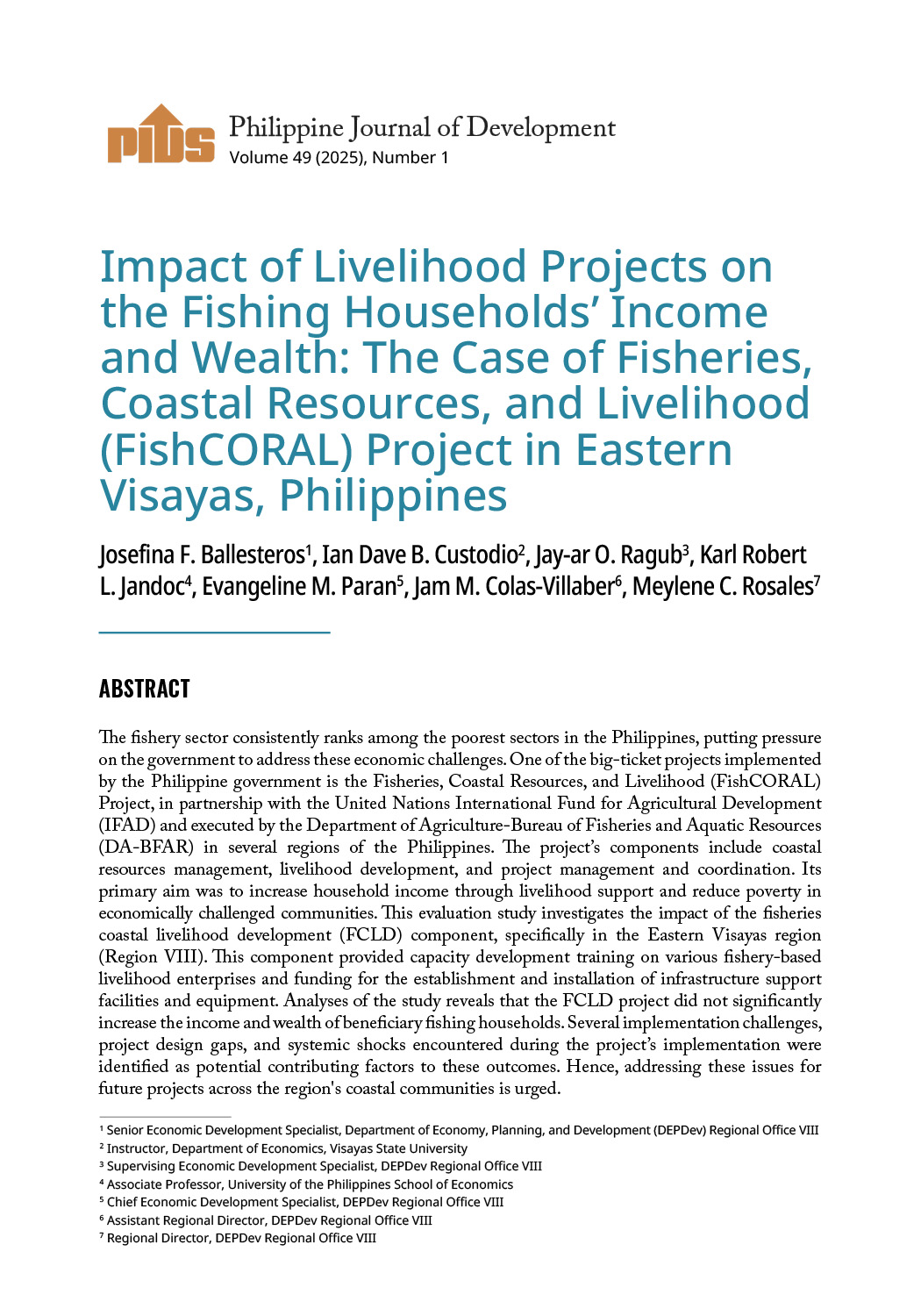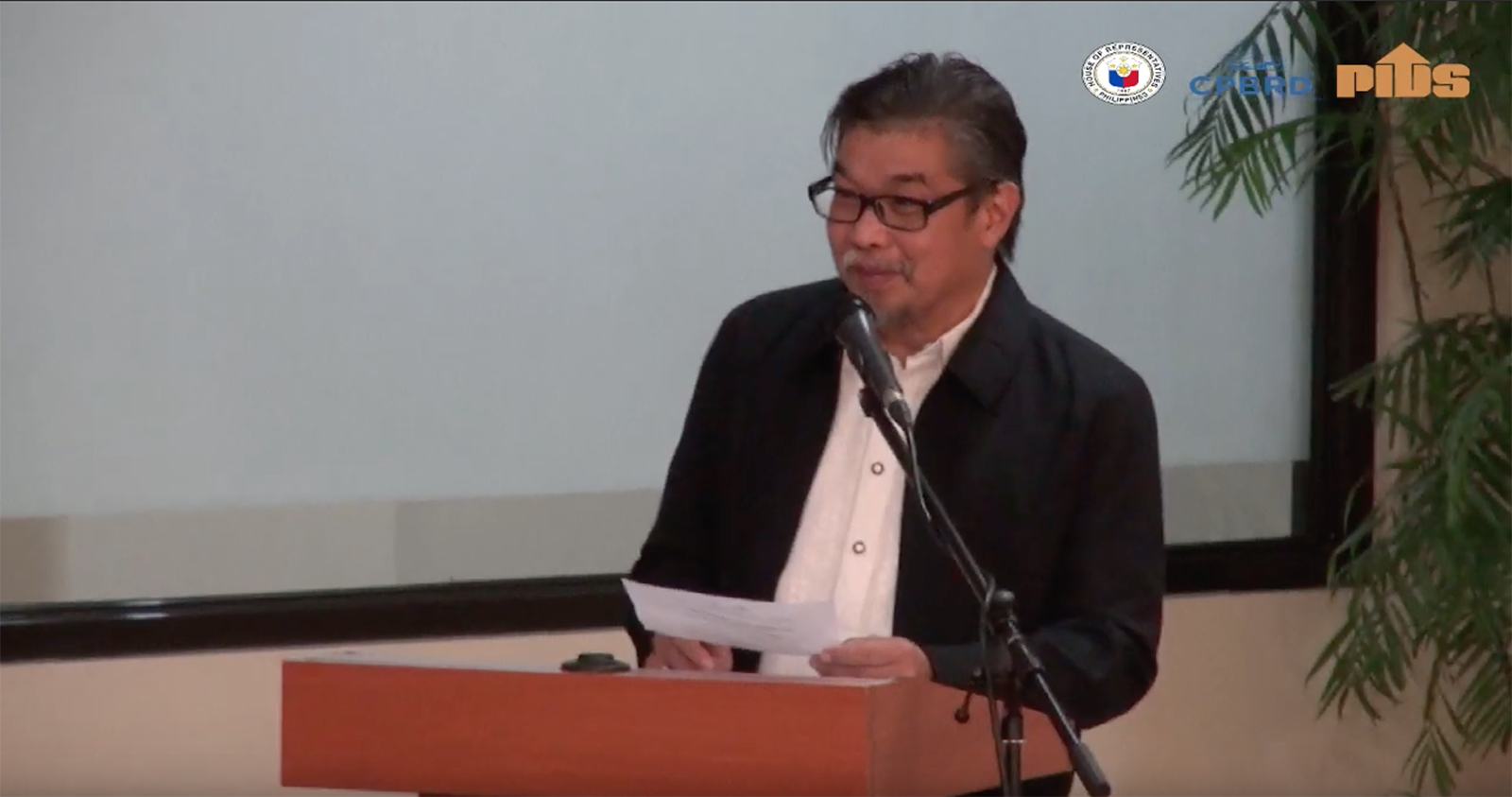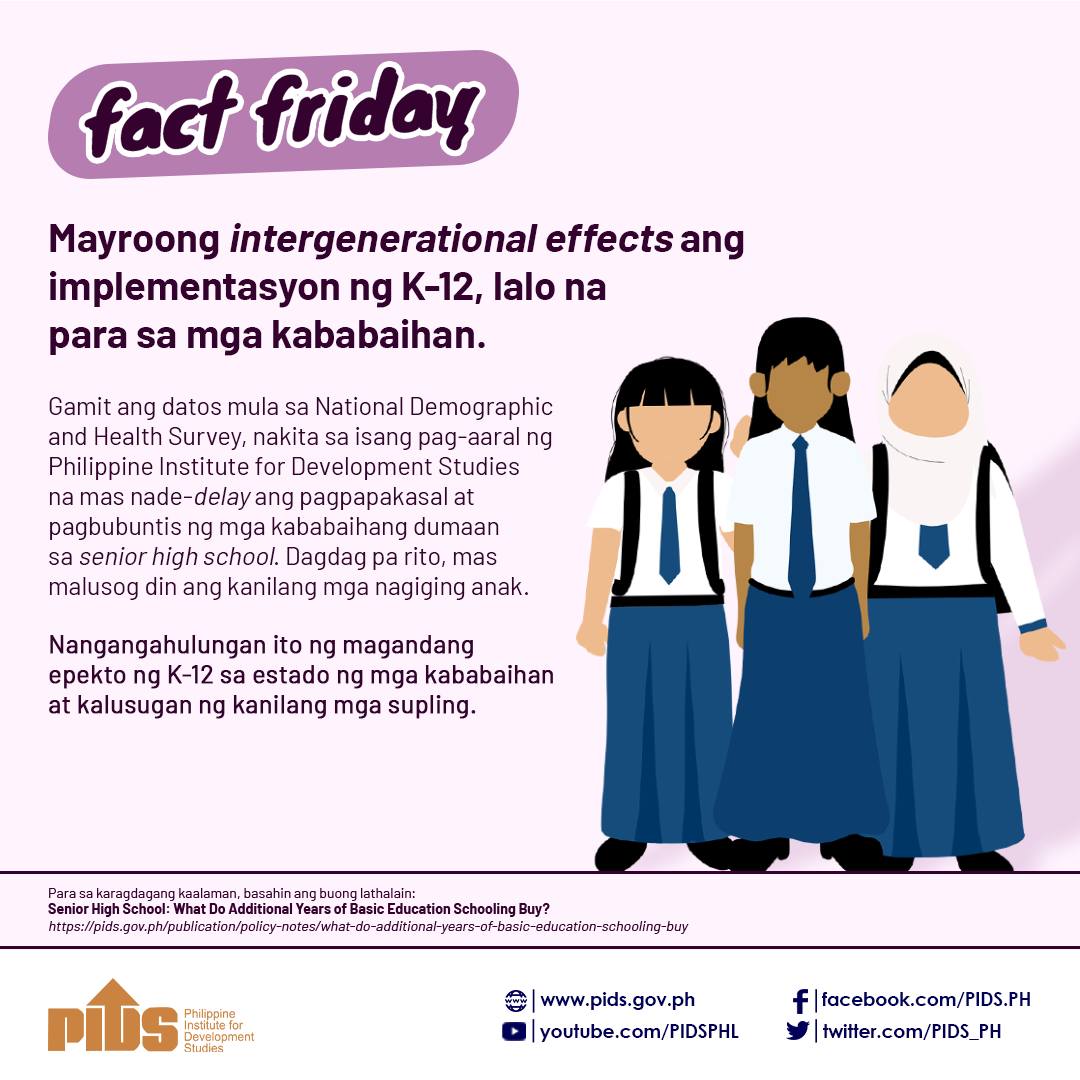The die has been cast. Neo-liberal economic policy-makers have won the day, and the livelihood of four million Filipino rice farmers now lies at stake as the floodgates for imported rice have been opened. On the other hand, we should see prices of rice going down by up to P7 per kilo within the year.
The Senate last Tuesday transmitted to the Office of the President the unified version of Senate and House bills that would relax the importation of rice, a staple grain of Filipinos that account for over 20 percent of the average family’s spending budget.
The proposed law, now awaiting the President’s signature, amends the 1996 Agricultural Tariffication Act that put quantitative restrictions on rice imports. Instead, rice can now be imported freely as long as the proper tariffs are paid.
If the President does not act on the transmitted draft of the law within 30 days of its receipt, it would automatically lapse into law.
The more important task lies ahead. We rely on the wisdom of our lawmakers to see this law working for the benefit of our rice farmers. A Rice Competitiveness Enhance Fund (RCEF) of P10 billion annually over the next six years has been appropriated, which is aimed at modernizing how Filipino rice farmers will work.
Rice fund disbursement
Disbursement of the fund, which is supposedly an improved version of the dismally failed 1998 Agricultural Competitiveness Enhancement Fund, will focus initially on specially chosen 1,100 rice-producing communities.
The onus is on two government agencies, the Philippine Center for Post-Harvest Development and Mechanization (PhilMech) and the Philippine Rice Research Institution (PhilRice), who together will be responsible for facilitating the combined spending of P8 billion yearly.
Half of it, or P5 billion, a year is supposed to be channeled to farmer associations, registered rice cooperatives, and local government units in the form of rice farming machineries like hand tractors, four-wheel tractors, mechanical transplanters, combine harvesters, dryers, seed cleaners, and single-pass rice mills.
The goal is to bring the Philippines’ mechanization level comparable to, or better than Thailand’s, which is the biggest and most efficient rice producer in Southeast Asia now.
PhilRice, on the other hand, will spend P3 billion yearly for developing, propagating, and promoting inbred rice seeds to rice farmers and organizations.
The remaining 20 percent, or P2 billion, annually will be equally split for lending to rice farmers and cooperatives through the Land Bank and the Development Bank of the Philippines, and for teaching farmers the modern methods of farming, seed production, and farm mechanization.
RCEF not enough
Groups opposed to the law are saying that the RCEF of P10 billion will not be enough to protect rice farmers – more so to arm them with the necessary tools to make them competitive.
Even if the excess revenues of over P10 billion of annual tariffs were to be exclusively set aside for the country’s rice farm sector, this would not be enough to match the amounts that Thailand is currently appropriating to support their rice farmers.
This is why Build Build Build the government’s grandiose P8 trillion infrastructure program needs to set aside a bigger chunk on more farm-to-market roads and the rehabilitation of existing, as well as opening up of new irrigation channels.
The government must be ready to put its money where the country’s mouth is. In the menu of things that need to be done to get the house in order, food security and agriculture self-sufficiency must be on top.
Support system for rice farmers
While the government is setting up the necessary support to kick-start a more robust rice farming sector, farmers will feel the effect of the massive inflow of cheap imported rice almost immediately. To this end, a temporary support system for five to 10 years should be put in place.
Since the National Food Authority (NFA) will take on a larger part of the role of middleman, it could raise its buying price of local rice. An increase of just P3 per kilo in the current farmgate price of P17 could do wonders in raising farmers’ incomes.
The NFA then should sell rice at market prices – not lower – and make some profit since there will be enough low-priced imported rice already in the market.
A direct subsidy akin to the successful conditional cash transfer Pantawid Pamilyang Pilipino (3Ps) program implemented by the Department of Social Welfare and Development could also be adapted for all registered rice farmers.
The Philippine Institute of Development Studies (PIDS) had published a study by some of its research economists recommending what is termed as decoupled payments to rice farmers based on the area that they cultivate for a given period of time.
Commitment to rice self-sufficiency
While part of the study’s recommendation was to introduce rice farmers to other forms of livelihood, thereby getting them out of rice farming for good, the government must not give up on food security, especially on rice.
The world trade politics of rice does not give us the option to rely on other rice-producing countries for our supply. If we are to pursue steady and continued economic growth, we must recognize that rice supply and pricing play an important role in keeping inflation at manageable levels.
As long as we keep our hard-working citizens happy by ensuring that their tummies will have their fill of affordable rice, only then can we be assured that our engines of economic growth will continue to churn.










